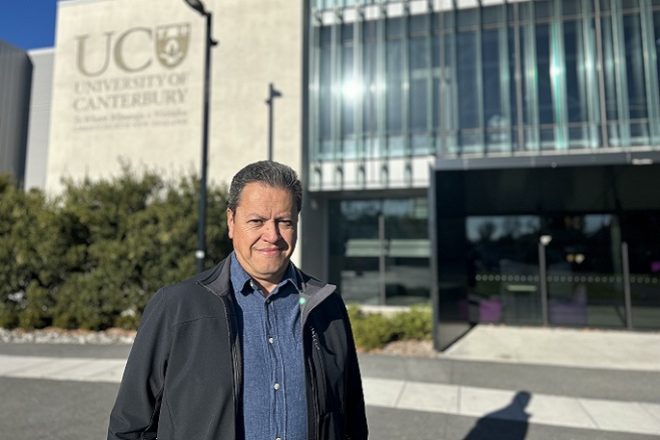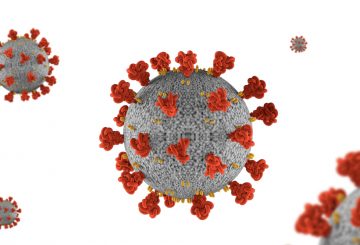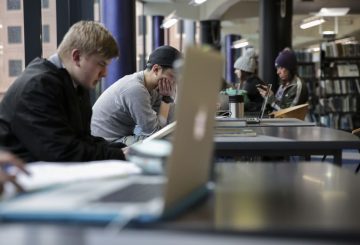캔터베리 대학교 (University of Canterbury) 의 연구원들은 폐수 처리를 보다 지속 가능하게 만드는 도구를 연구하고 있습니다.이 도구는 박사과정 학생인 매들린 퍼니스 (Madeline Furness) 와 리카르도 벨로-멘도자 부교수가 칠레 발파라이소 폰티피시아 카톨리카 대학교의 롤란도 차미 교수와 협력하여 개발하고 있습니다.그들은 칠레 산티아고에 있는 두 개의 폐수 처리장을 연구한 후 이 데이터를 사용하여 폐수 처리의 이점을 개선하고 영향을 최소화하는 모델을 만들었습니다.
연구원들은 칠레에 있는 두 개의 폐수 처리장이 지속 가능한 폐수 처리의 좋은 예라고 믿고 있습니다.연구진은 폐수 지속 가능성의 세 가지 측면, 즉 환경적, 경제적, 사회적 측면을 살펴보고 있습니다.이들은 라이프 사이클 비용 산정 및 사회 라이프 사이클 평가와 같은 도구를 사용하여 이러한 측면을 평가하고 있습니다.목표는 환경에 미치는 영향을 줄이고, 비용을 절감하고, 혜택을 늘리고, 사회적 영향을 고려할 수 있는 최적의 프로세스 조합을 찾는 것입니다.
연구원들은 폐수 산업이 높은 비용으로 인해 신기술을 도입하는 데 시간이 오래 걸린다는 점에 주목합니다.그러나 이러한 도구를 사용하면 대규모 투자 없이도 폐수 처리장의 환경 성과와 지속 가능성을 개선할 수 있습니다.이는 온실가스 배출량 증가나 독성 증가와 같은 부정적인 영향을 최소화하면서 폐수의 품질을 개선하기 위한 화학 물질 투입 또는 공정 운영 조건에 대한 결정을 내리는 데 도움이 될 수 있습니다.
연구원들은 또한 폐수를 잠재적 자원으로 간주하는 폐수 순환 경제 접근법 (WW-CE) 에 대한 아이디어를 도입했습니다.이 접근법은 단지 폐수를 처리하여 환경으로 안전하게 배출하는 것이 아니라 폐수에서 처리된 물, 바이오솔리드, 영양소, 바이오에너지, 생체재료 등의 자원을 회수할 수 있습니다.이러한 자원은 농업 및 관개 시설에서 사용할 수 있습니다.
연구원들은 WW-CE 접근법을 사용하여 폐수 처리 시설 중 한 곳에서 전체 지속 가능성을 30%, 다른 한 곳에서 48% 까지 개선했다는 사실을 발견했습니다.그들은 이러한 접근법이 전 세계 위생에 혁명을 일으킬 수 있다고 믿고 있습니다.
다음으로 연구원들은 이 도구를 뉴질랜드에서 사용할 수 있도록 조정하고 시의회와 실제 적용에 대해 논의할 계획입니다.연구진은 뉴질랜드의 폐수 처리 공정이 개선될 가능성이 크다고 믿고 있습니다.
이 연구는 캔터베리 대학교, 칠레 발파라이소 교황청 가톨릭 대학교, 칠레 국립 연구 개발청이 자금을 지원했습니다.현장 조사는 칠레의 아구아스 안디나스의 지원을 받았습니다.





























































